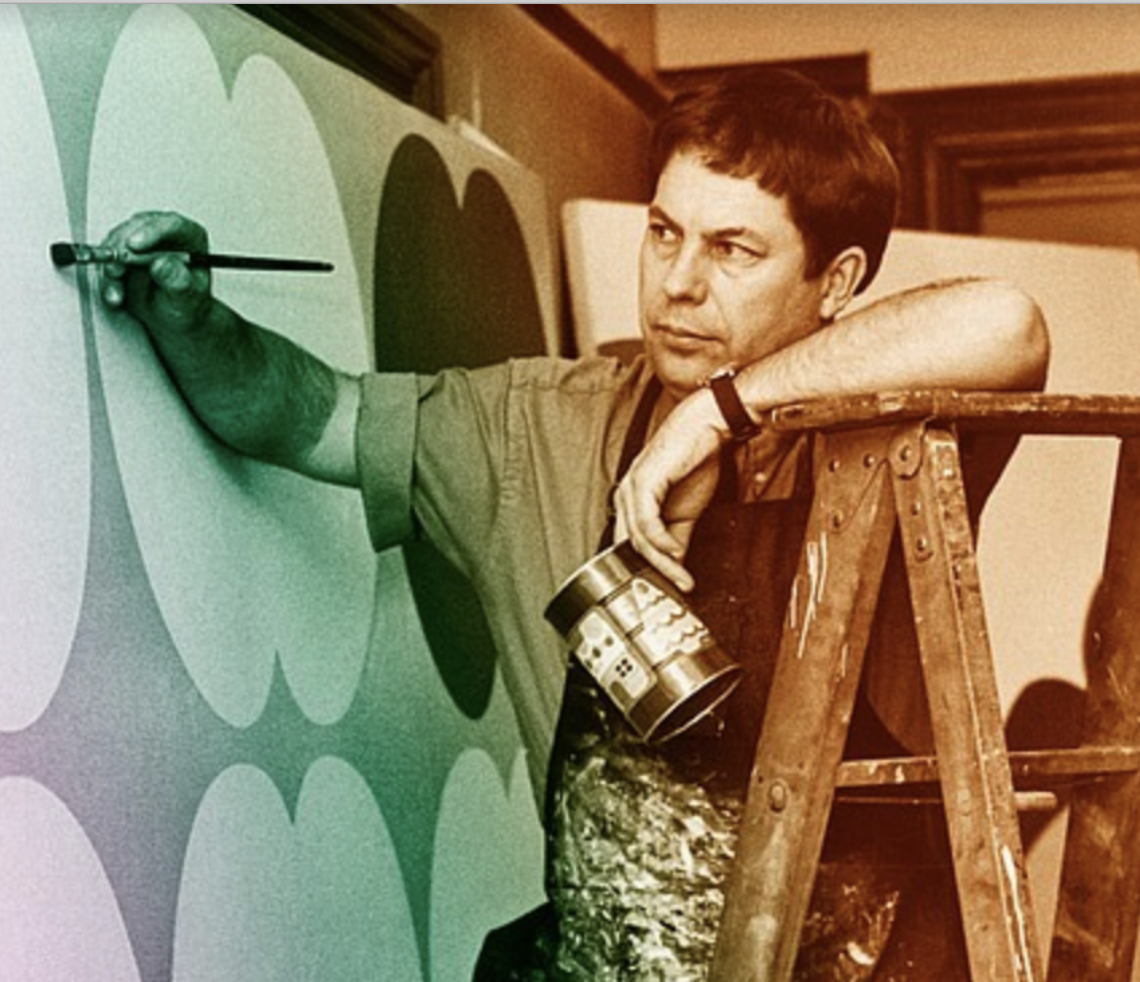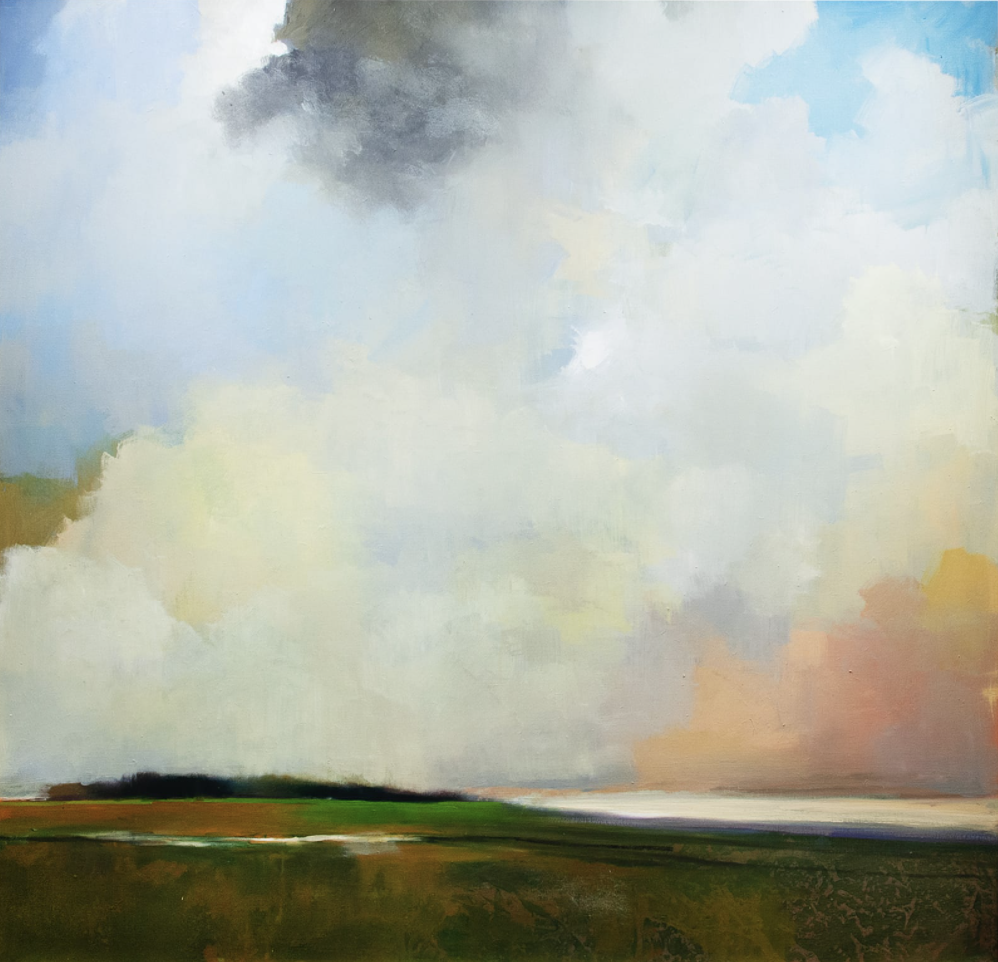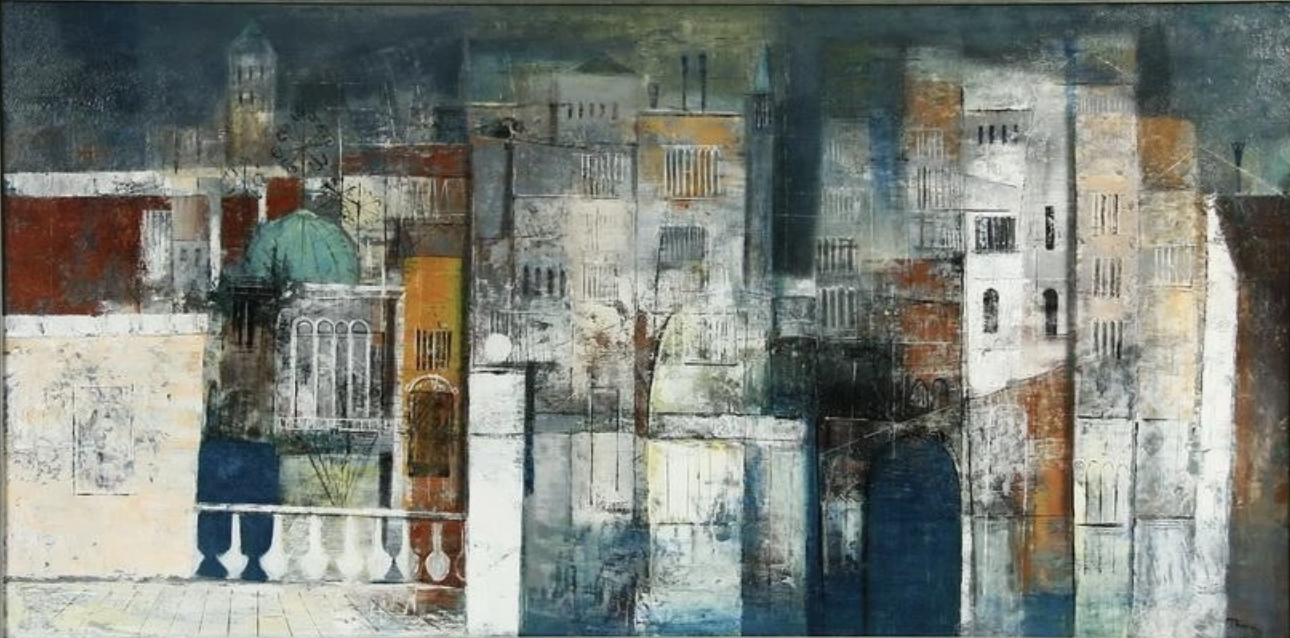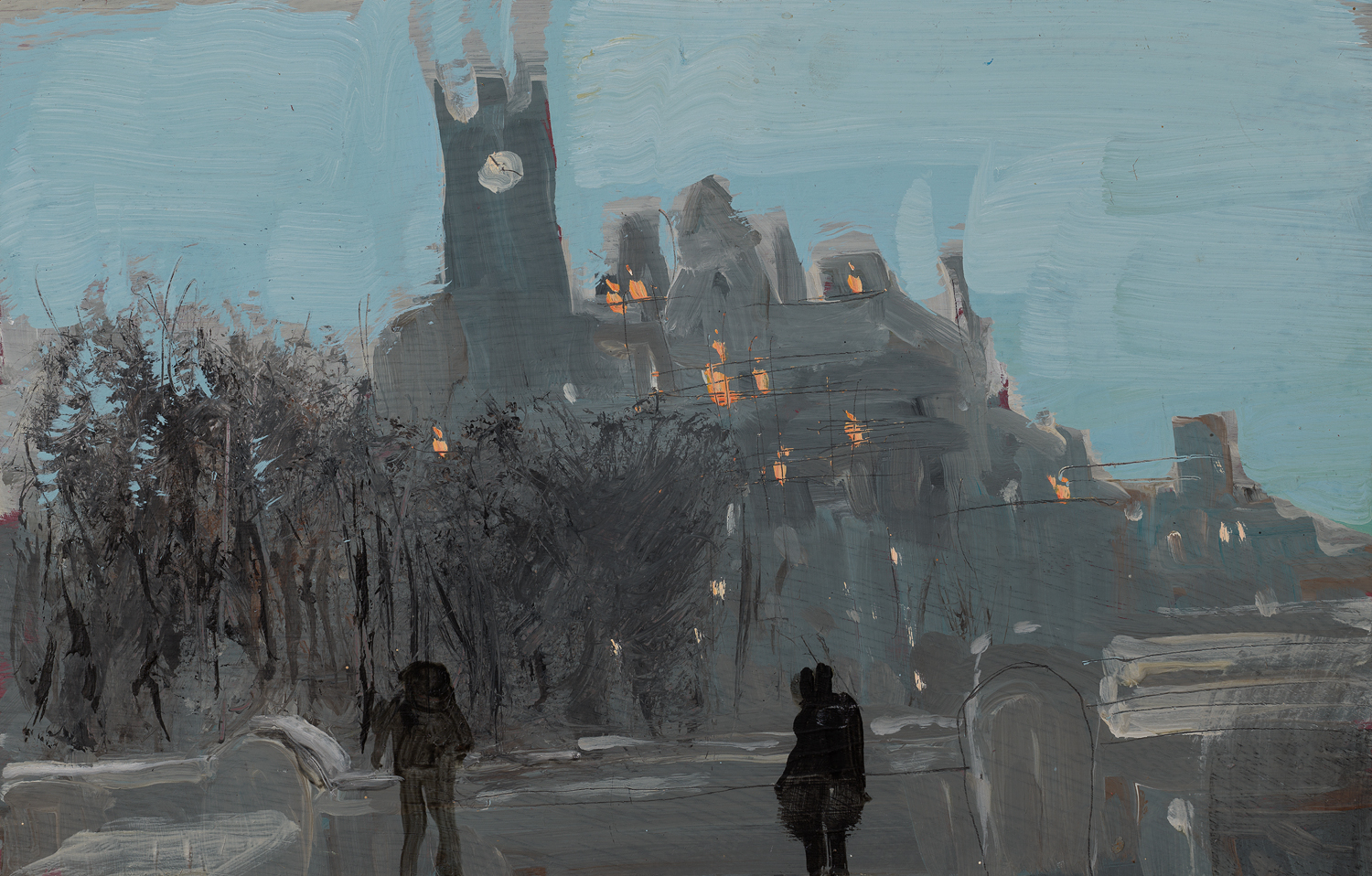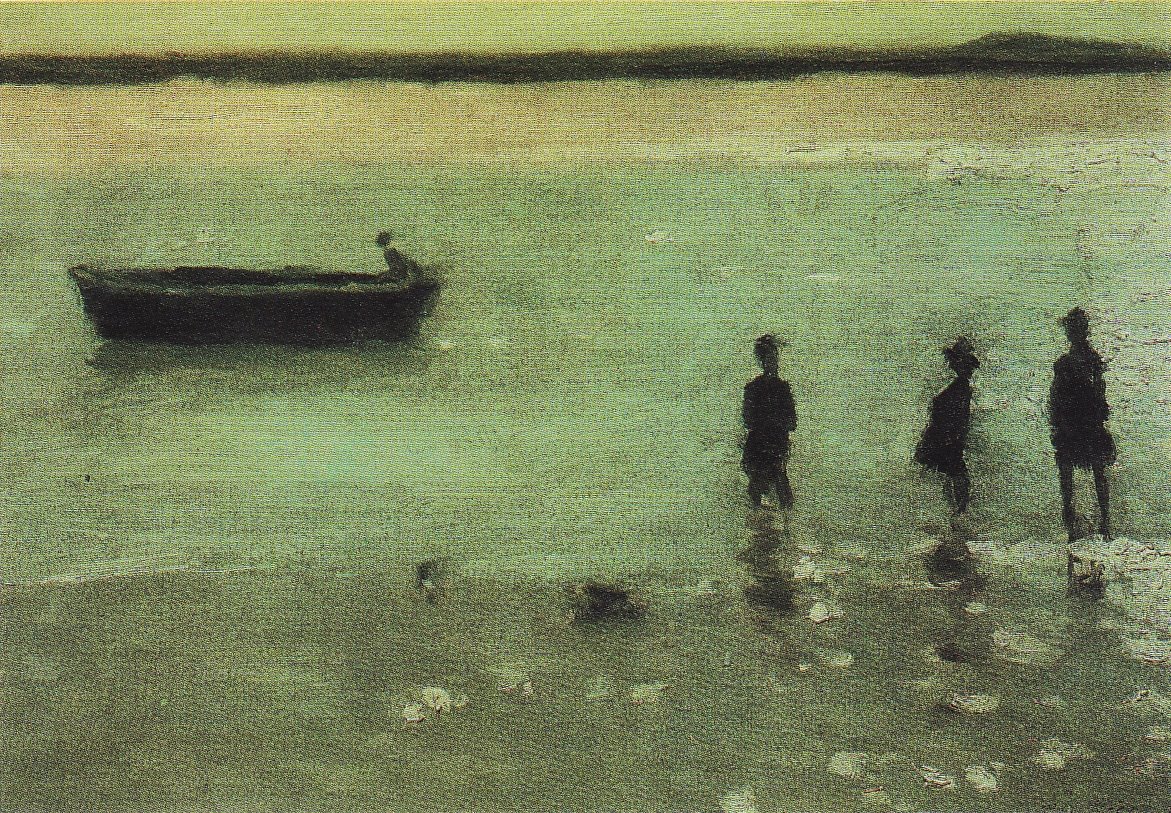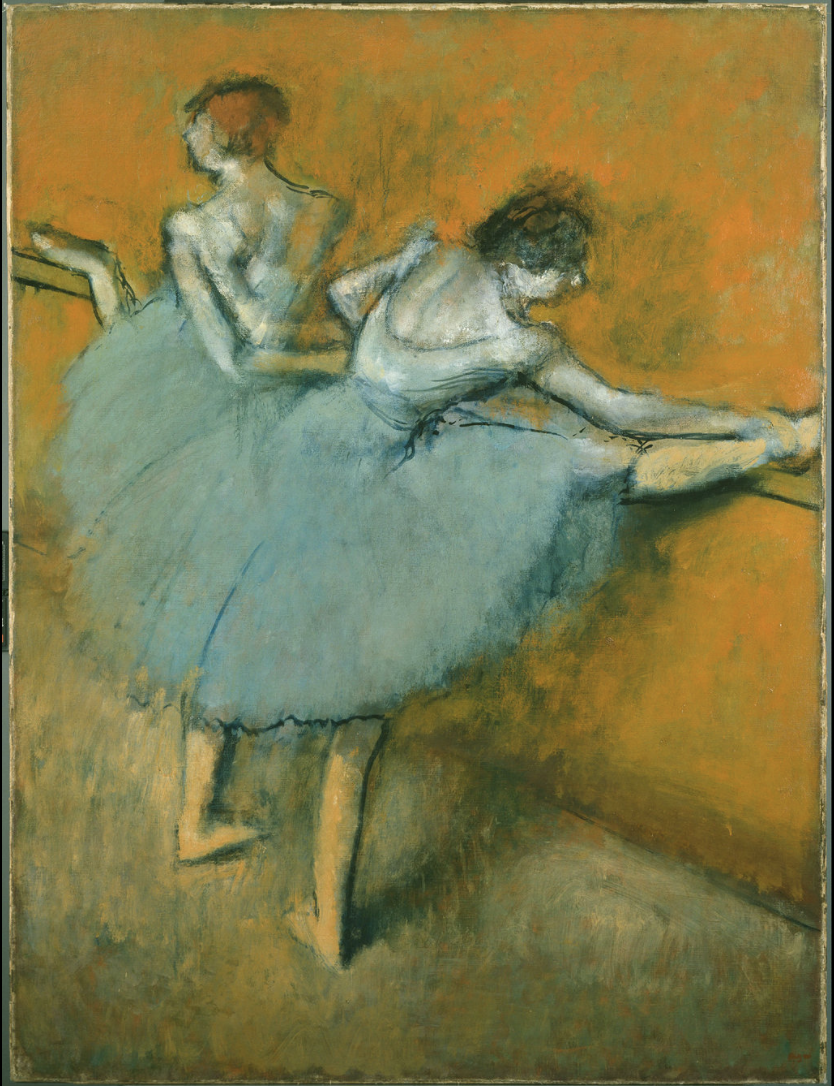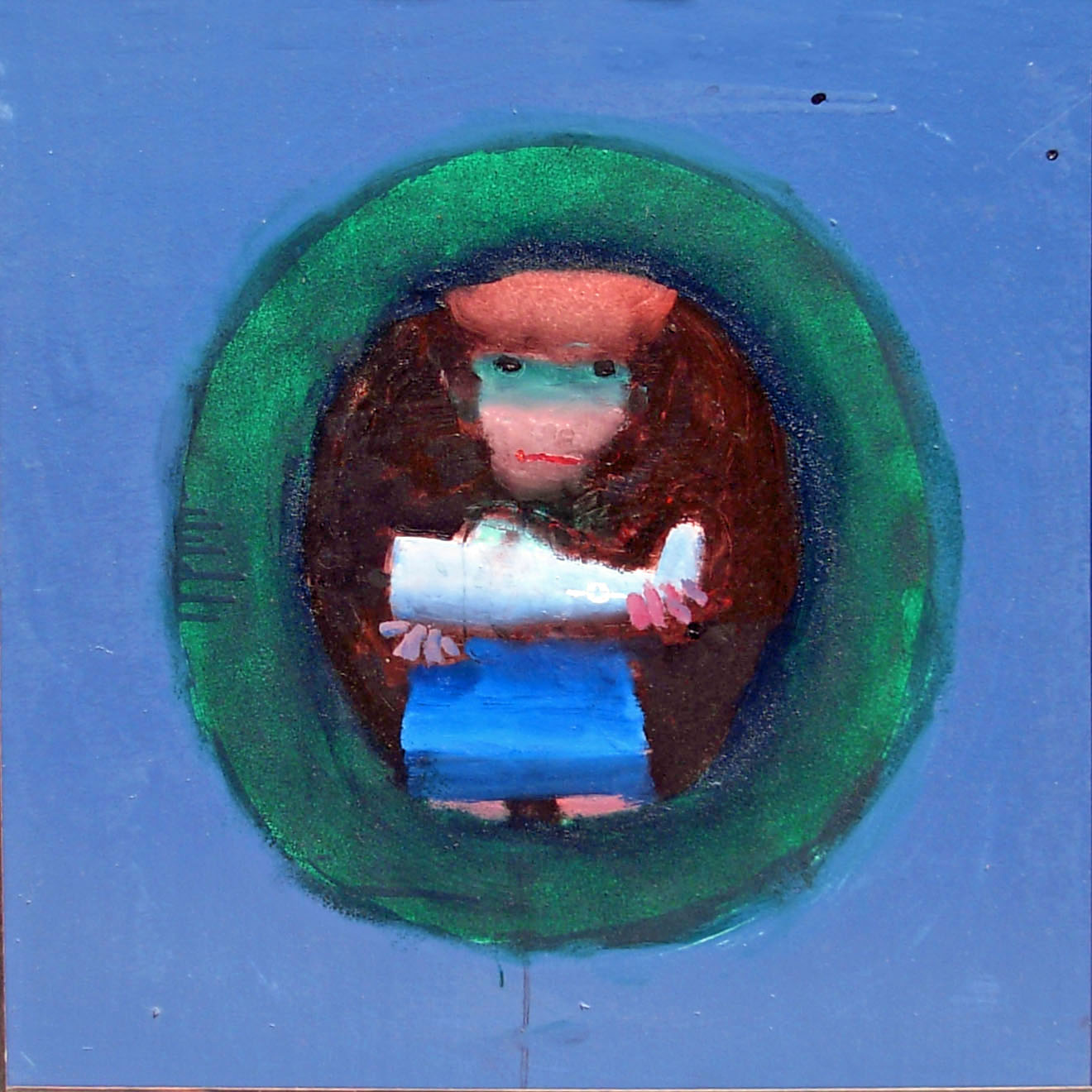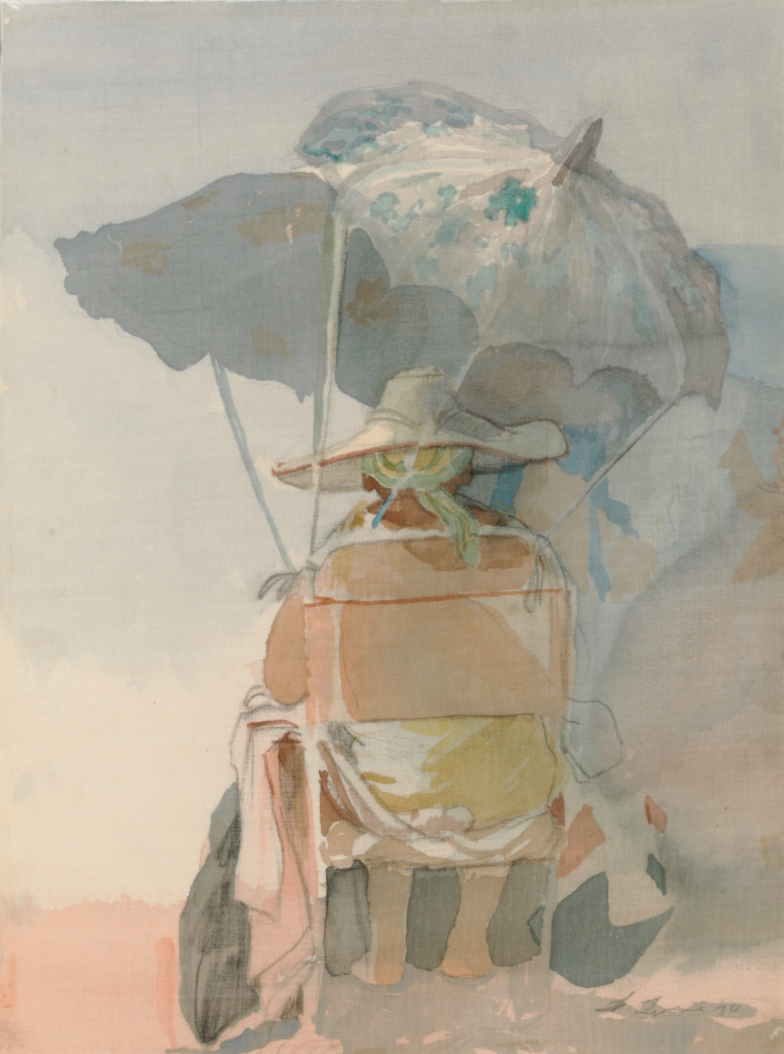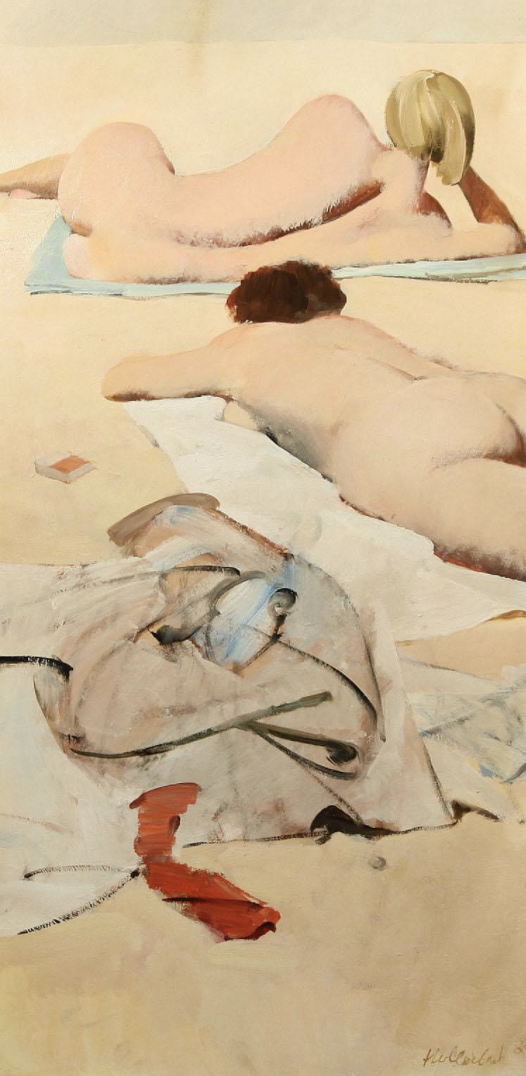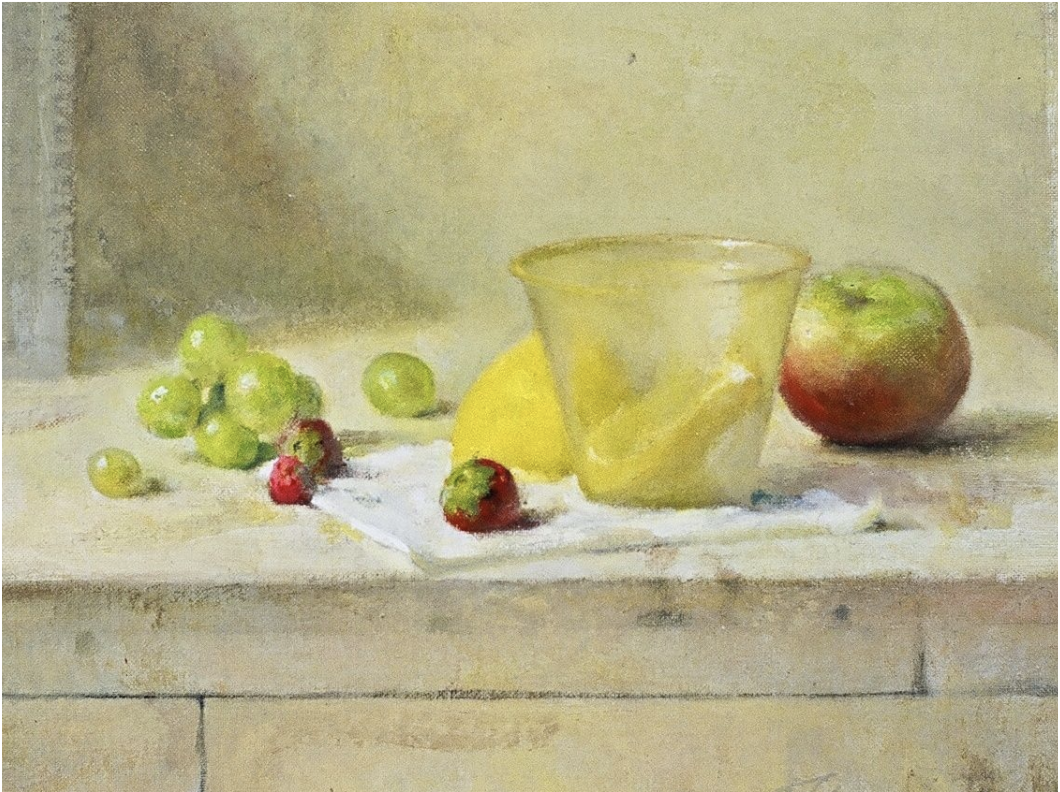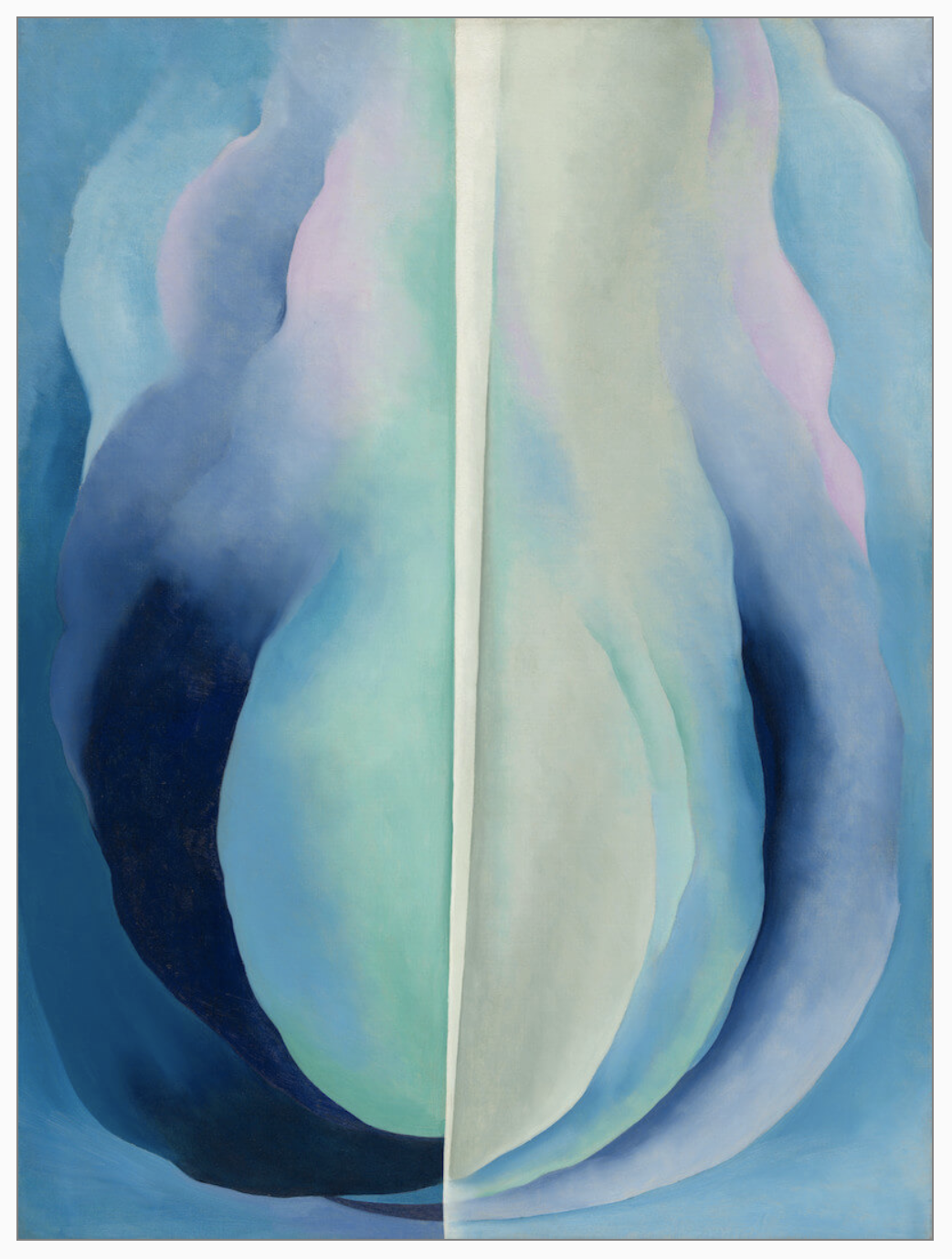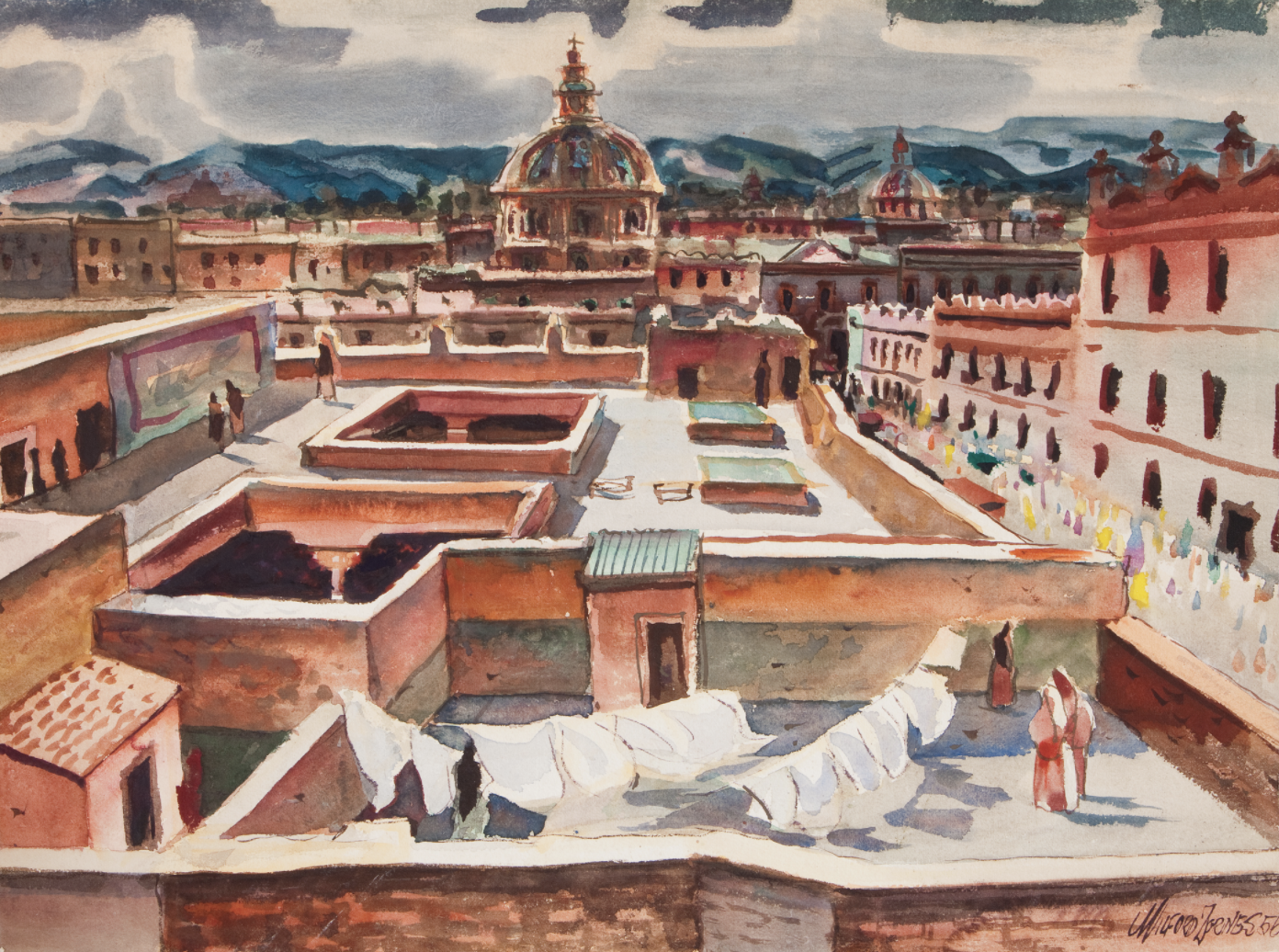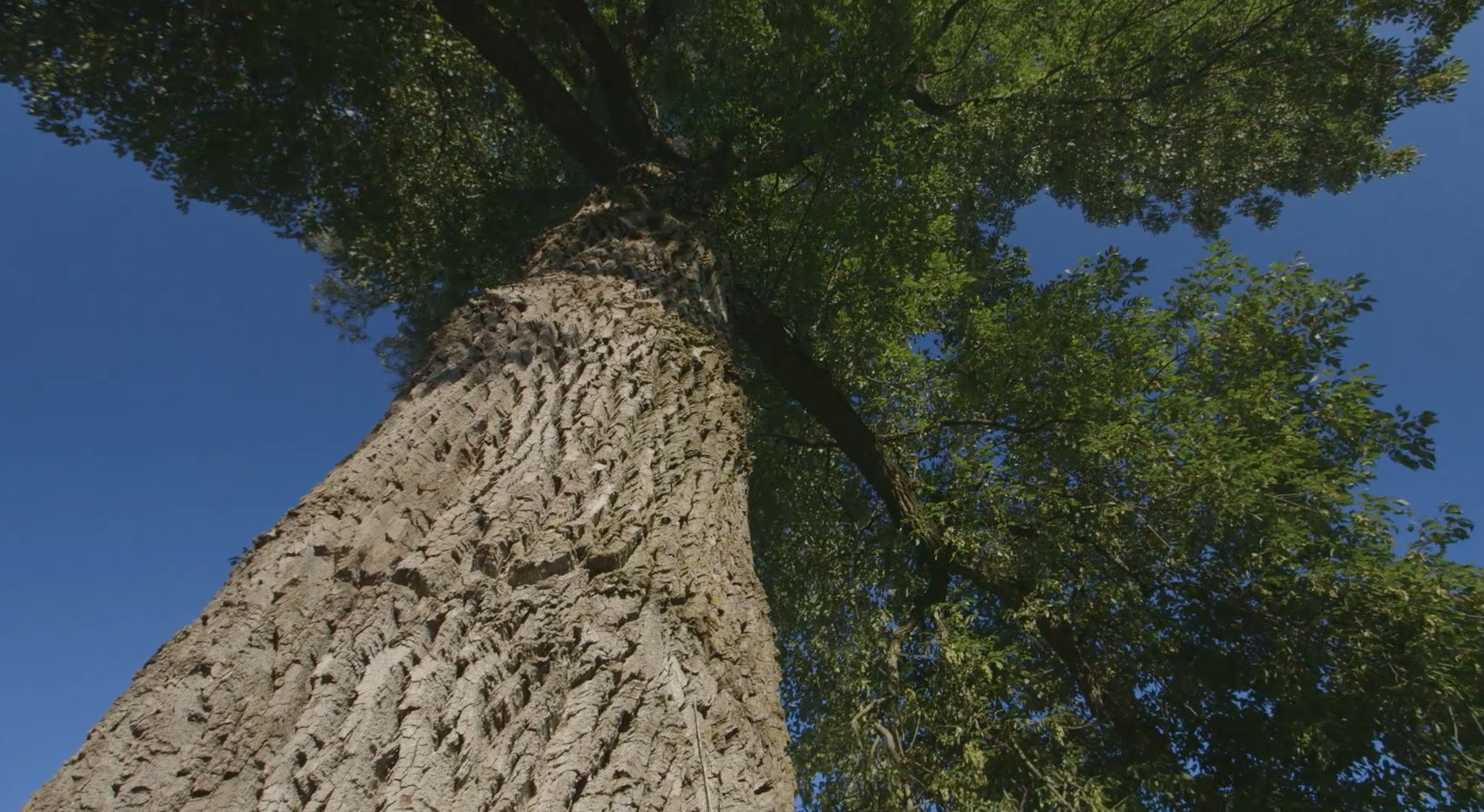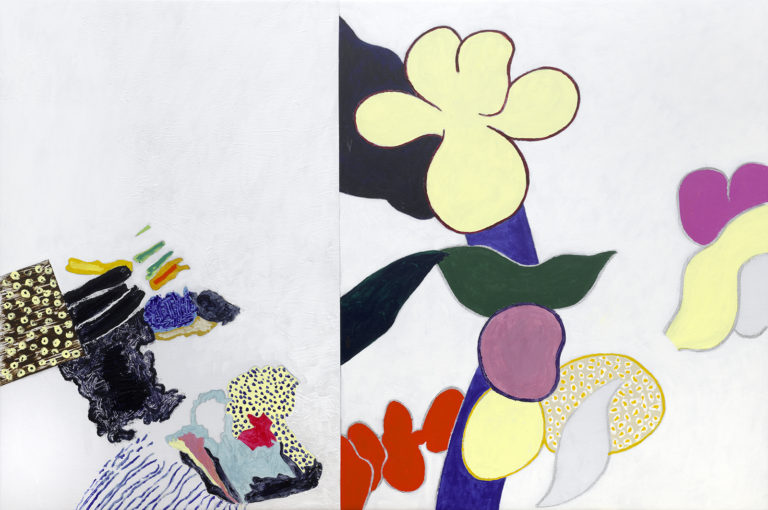
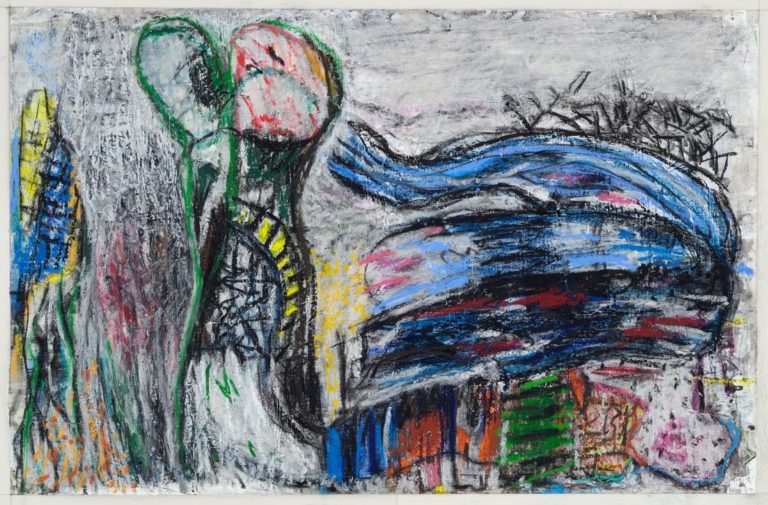
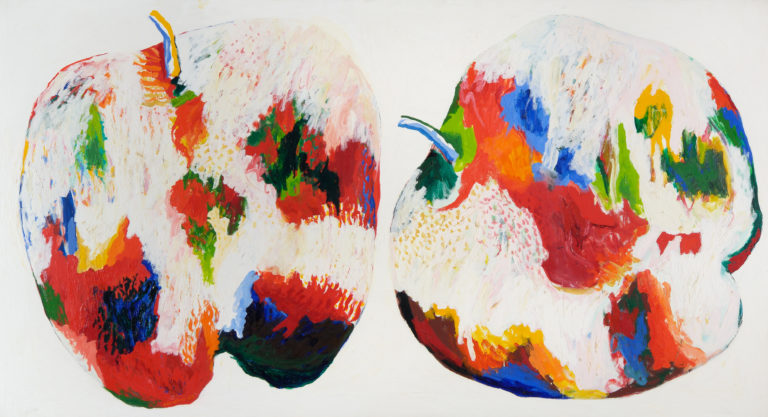
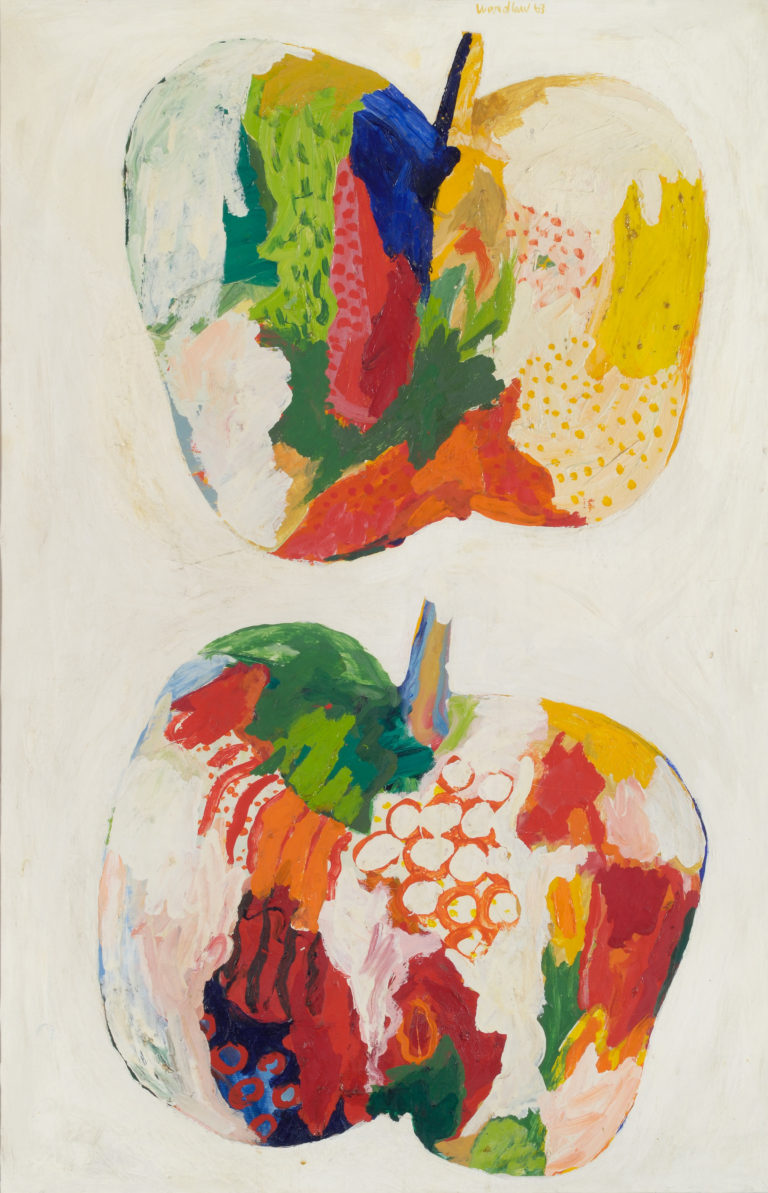
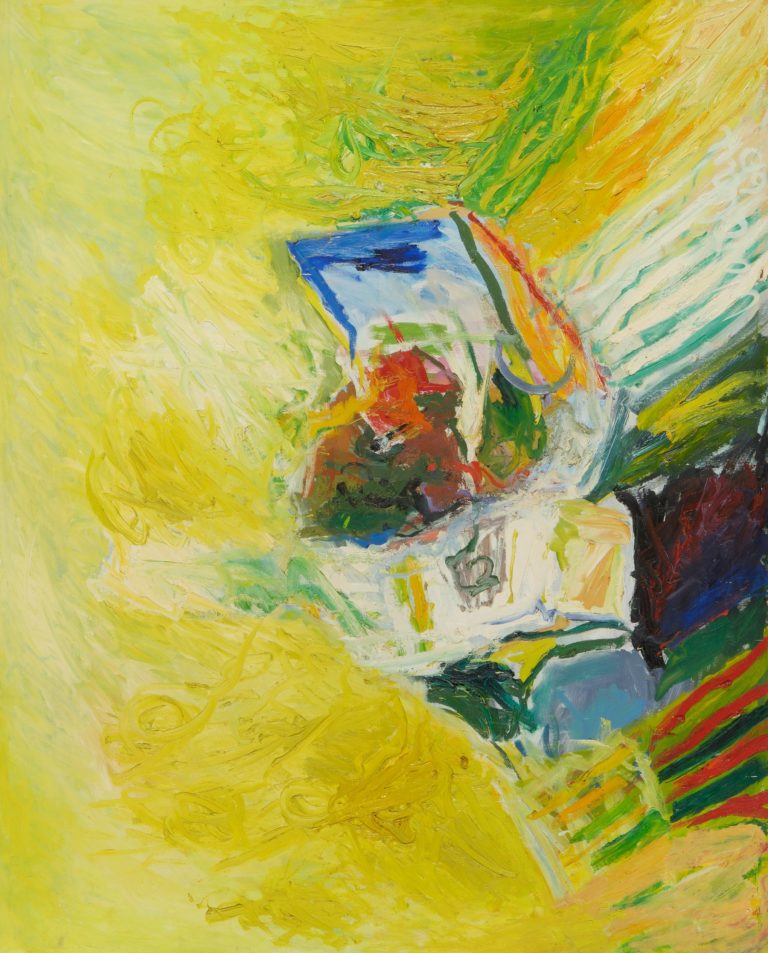
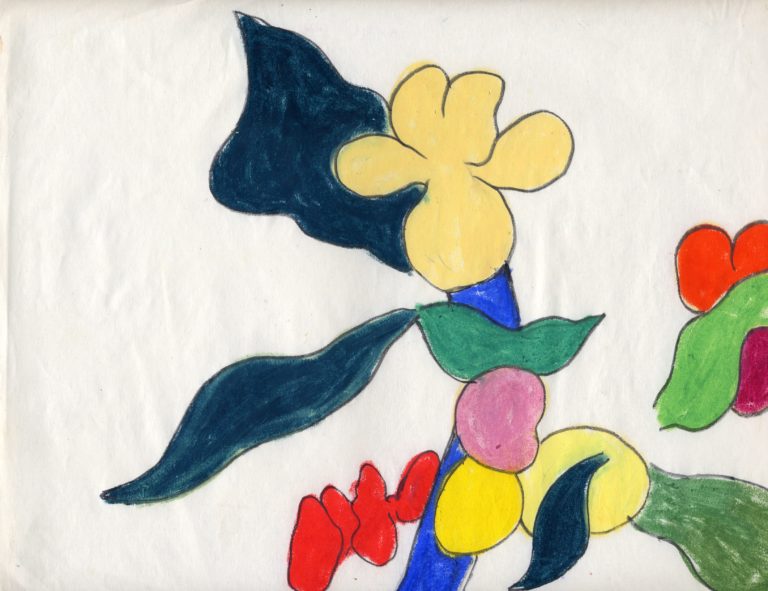
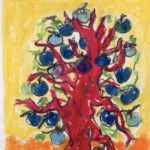
George Wardlaw
1927 - 2019
“There’s a difference between the physiological process of sight and seeing in the way an artist—and many other people—see. It’s good to have 20/20 vision, but you really see with the brain. In fact, I would say that the brain gives sight, and life experiences give vision.“
George Wardlaw in the Vision & Art Project 2016 oral history
Biography
George Wardlaw was born in Mississippi in 1927 and raised on a farm, the child of sharecroppers during the Great Depression.
He served in the Navy Medical Corps during World War II and briefly considered becoming a doctor. After he was discharged, however, he attended the Memphis Academy of Art. He became close friends with Ben Bishop (then a teacher there). During his time at the Memphis Academy, Wardlaw took classes in jewelry making and showed an unusual gift for the craft. After graduating, he became a silversmith and quickly gained an international reputation.
On the basis of this reputation, he was invited to establish a metals program at the University of Mississippi. While serving as an instructor there, he obtained an MFA under the tutelage of David Smith and Jack Tworkov. By the mid-1960s, he gave up making jewelry, which he felt didn’t offer the same expressive potential as the fine arts, and immersed himself fully in painting. In the mid-1970s, he turned to sculpture, but returned to painting again in 1992 after a back injury.
Beginning with his first solo exhibition in 1960 at Betty Parsons Gallery, Wardlaw exhibited widely in galleries and museums throughout his career. He was the recipient of several important awards, including a Pollock-Krasner Foundation Grant (2014–2015). His work is in several public and museum collections, among them the Johnson Wax Headquarters, the Milwaukee Art Museum, the Memphis Brooks Museum of Art, and the Mississippi Museum of Art.
In addition to his art career, Wardlaw had a distinguished teaching career. He taught at Louisiana State University, SUNY New Paltz, Yale University, and, finally, at the University of Massachusetts at Amherst. For many summers he also taught at Tripp Lake Camp in Maine.
George Wardlaw’s post-macular artwork
Wardlaw was diagnosed with macular degeneration in 2013. In a 2016 oral history with The Vision & Art Project, he said that its greatest effect was that his eyes were easily fatigued, and he found it difficult to read.
In his post-macular paintings he went back to his earlier work—what he called his “library”—juxtaposing the images he “mined” there to create new compositions. He did this by photographing his paintings from various angles, downloading them onto his computer and then combining images on the screen until he got something that pleased him. Then, he projected the design onto a canvas to use as a starting point for a new painting. He said he never imagined he would work in such a way, but it engrossed him. He worked in his studio until his death.
V&AP Resources Related to This Artist

Feature Article
Folding Old Work into the New
In this oral history excerpt, Wardlaw discusses the spirit and spirituality, the past and the present, starting and finishing, and more.
Read More
